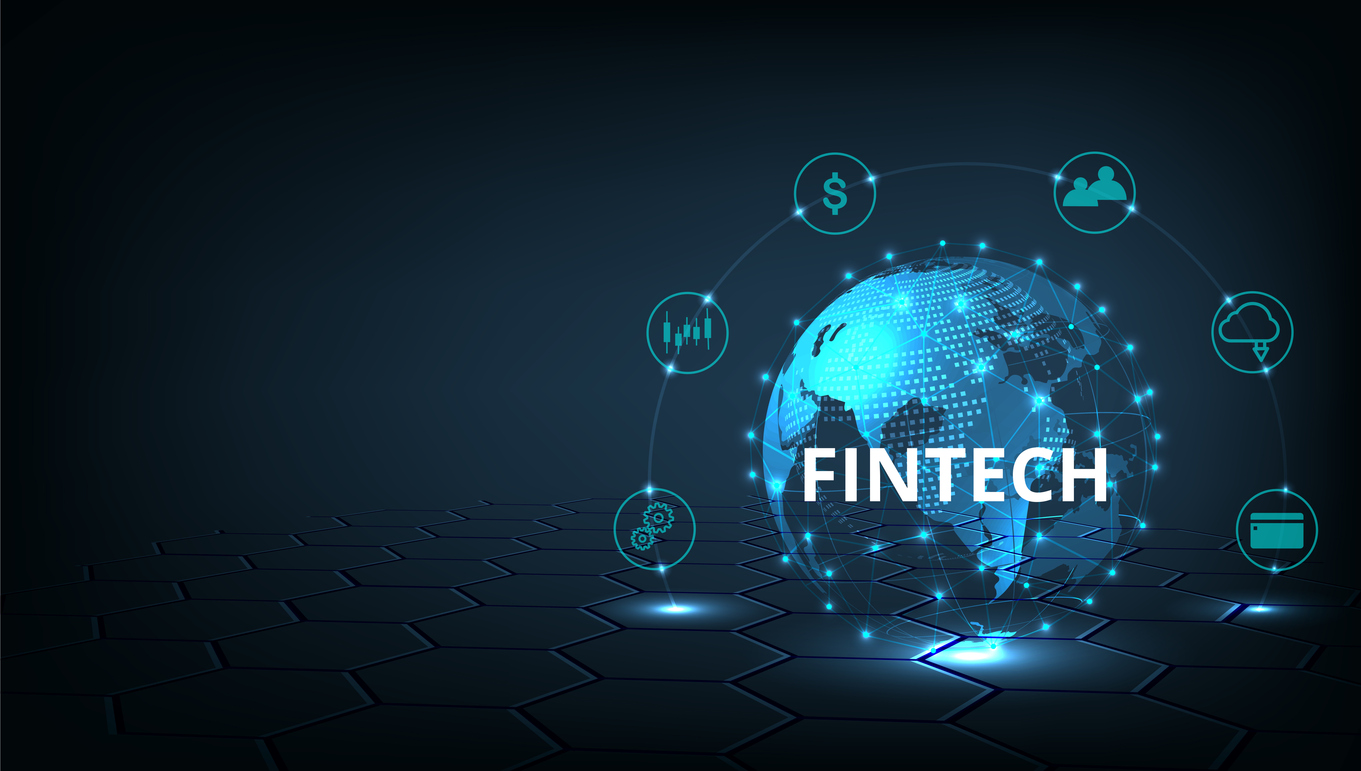Business. Tech. Life. Stories and news worth sharing
-
 December 6, 2025Read in 7 min.
December 6, 2025Read in 7 min.Software development in San Francisco: Custom solutions for Area
Find out how software development in San Francisco sets standards in technology and customer satisfaction. -
 December 4, 2025Read in 11 min.
December 4, 2025Read in 11 min.Custom software development Texas businesses need
Find out why custom software development in Texas is essential for companies navigating complex operational challenges. -
 November 28, 2025Read in 13 min.
November 28, 2025Read in 13 min.Custom software development in Houston: State and perspectives
Partner with a leading custom software development company in Houston to harness the power of technology for your growth. -
 November 28, 2025Read in 12 min.
November 28, 2025Read in 12 min.Custom software development Dallas businesses need
Find out how a custom software development company in Dallas can elevate your business in a booming tech landscape filled with opportunities. -
 November 27, 2025Read in 11 min.
November 27, 2025Read in 11 min.Software development services in Austin
Find out how a custom software development company in Austin can elevate your business in a booming tech landscape filled with opportunities. -
 November 12, 2025Read in 33 min.
November 12, 2025Read in 33 min.Top FinTech software development companies: The core of modern finance
Compare the top-rated FinTech software developers based on expertise in AI, Blockchain, and compliance. Choose your perfect partner now! -
 November 4, 2025Read in 12 min.
November 4, 2025Read in 12 min.AI in biotech: Application, specifics, and challenges
How AI and Machine Learning are transforming biotechnology, accelerating drug discovery, genome sequencing, and personalized medicine. Learn the applications, challenges, and future. -
 October 28, 2025Read in 16 min.
October 28, 2025Read in 16 min.The best AI development companies in the US and Europe
The definitive guide to hiring the best AI company. See our ranking by MLOps maturity, GenAI expertise, and verified client ROI. Get transparent costs and a partnership blueprint -
 October 20, 2025Read in 16 min.
October 20, 2025Read in 16 min.How to hire the best ReactJS developers in a constantly growing market
Hire the top ReactJS developers. Get pre-vetted, senior React & Next.js engineers matched to your project in 48 hours. Start risk-free -
 October 16, 2025Read in 25 min.
October 16, 2025Read in 25 min.Top 10 chatbot development companies
Leading chatbot development companies. Our expert guide helps you choose the best firm for AI chatbot solutions, custom development, and seamless integration
Contact us

Daryna Chorna
Customer success manager
